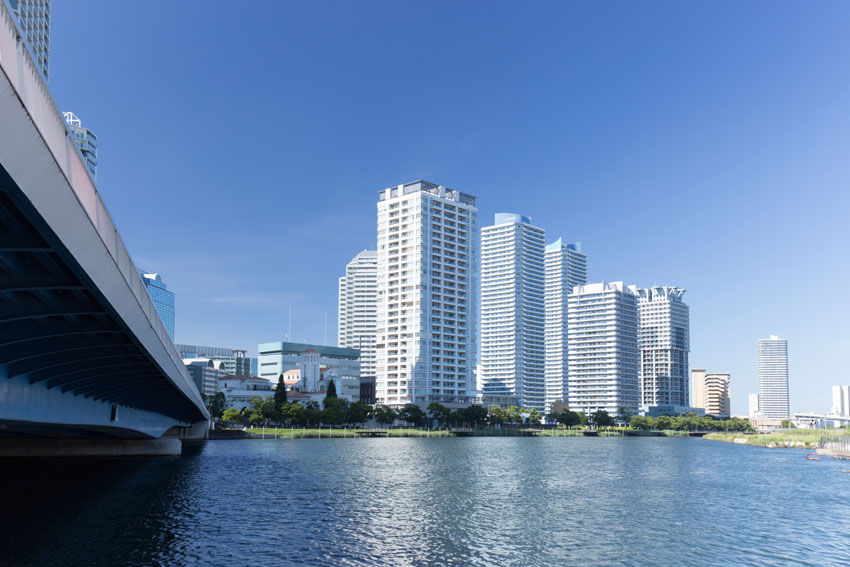In a successful bid to meet higher green standards and boost a dormant sector, Japan’s housing industry is leading the way in sustainable construction practices

After almost two decades of continuing deflation, which has negatively impacted land value, the construction sector is picking up again under the auspices of Abenomics.
The stimulus policies implemented by Prime Minister Shinzo Abe, which included the reconstruction of the tsunami-hit Tohoku region, have in fact created new jobs and bolstered the economy. Stock prices have gone up 50% since Mr. Abe took office in 2012. “Japan has a large stock market and the volume of the real estate market is the second largest in the world,” says Seiichiro Yamaguchi, President and CEO of the Tosei Corporation.
Focusing on after-sales services and sustainability, companies like Sekisui House, Japan’s leading homebuilder, are innovating in a crucial sector of the Japanese economy while efficiently dealing with pressing issues.
“We believe that the residential sector can provide solutions to issues like global warming and a large aging society” says Chairman and CEO Isami Wada. “We provide homes for the elderly, and services along with these homes. We also have made the Environmental Future Plan.”
Industry leaders in housing have had to reconsider the core of their business which has in fact shifted significantly over the last years, moving from construction to renovation. Demolishing old buildings to build new ones produces large quantities of demolition waste, which are hard to recycle, and consumes vast amounts of energy.
Even providers of construction materials like SankyoTateyama are looking at the renovation of existing buildings as a key market sub-sector. “There will be an increasing demand in this area and this is a factor capable of offsetting the decline in new constructions,” notes Kiyotsugu Yamashita, President of SankyoTateyama.
The need for more sustainable housing stimulates innovation as companies have to come up with smarter strategies able to face up to the challenges posed by the environment on the one hand, and a more sophisticated demand on the other.
SankyoTateyama utilizes cutting-edge technologies in response to diverse needs: residential construction materials that emphasize energy savings, barrier-free features and high durability.
“In terms of developing green technology, we have a program of environmentally responsible engineering which has been made into a checklist for the developers to evaluate how their new designs are better and greener,” says Mr. Yamashita.
By enhancing these ancillary sectors, the construction industry has been able to grow despite the decreasing number of new houses being built. Furthermore, a favorable exchange rate has facilitated business abroad for Japanese companies whose virtuous practices are now being adopted in America, China and other countries.
0 COMMENTS